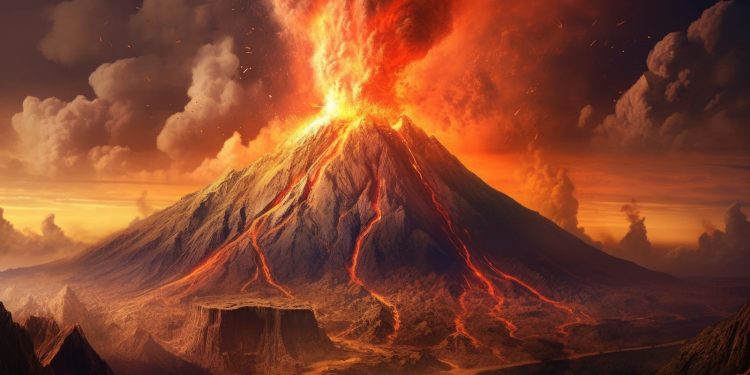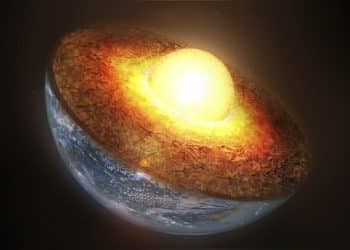For the first time, scientists have mapped the shifting tectonic plates of our planet over the last 1.8 billion years, offering a breathtaking visual journey through Earth’s ancient history. This innovative animation, crafted from geological data found deep within rocks, reveals the intricate movements of continents and how they’ve collided, split, and shaped the world as we know it today.
The groundbreaking research was led by Xianzhi Cao from the Ocean University in China, and published in the journal Geoscience Frontiers. The animation marks a major leap forward in understanding 40% of Earth’s history, showcasing plate tectonics like never before.
A Dance of Continents and Oceans
Visualizing billions of years in motion, this work provides an almost poetic glimpse into how Earth’s continents have danced across the globe. It begins with the familiar map of today’s world, but as the animation rewinds through time, the changes become stark. You can watch India shift southward, followed by the dramatic formation of the supercontinent Gondwana in the Southern Hemisphere.
By 200 million years ago, when dinosaurs roamed the Earth, Pangaea—another supercontinent—had formed, linking North America, Europe, and Asia in a single landmass. As we travel even further back in time, older supercontinents like Rodinia and Nuna emerge from the distant past, reshaping the very structure of the planet.
Why Does Mapping Earth’s History Matter?
Among the planets in our Solar System, Earth is unique due to its plate tectonics, the invisible force that drives everything from earthquakes to volcanic eruptions. But beyond these immediate effects, plate tectonics has played a pivotal role in shaping life on Earth. By pushing up mountain ranges, exposing deep-seated rocks, and causing volcanic activity, tectonic movements have brought vital elements—like phosphorus and molybdenum—to the surface. These elements are essential for life as we know it, forming the framework of DNA and enabling organisms to extract nitrogen from the atmosphere to build proteins.
Even more, tectonic activity helps to regulate Earth’s climate over long periods by trapping carbon dioxide in rocks—a process that counterbalances the extreme climate fluctuations that the planet would otherwise face.
A Window into Deep Time
This animation is more than just a visual tool—it’s the first step in building a complete digital model of Earth’s history, one that could help answer some of the biggest questions about our planet. From understanding how Earth survived periods of extreme cooling like the “Snowball Earth” phase, to pinpointing when oxygen levels rose in the atmosphere, these models are unlocking the mysteries of life on Earth.
By tracing back the formation of continents and oceans, researchers can now also explore how mountain-building events billions of years ago may have helped power the evolution of complex life.
What We Still Don’t Know
There’s still so much about Earth’s history that remains hidden beneath its rocky surface. The first known complex cells appeared around 1.65 billion years ago, near the start of this tectonic reconstruction. Could their rise be linked to the formation of the supercontinent Nuna and the minerals it exposed?
By mapping ancient plate boundaries, researchers hope to better understand how geological activity helped to shape Earth’s atmosphere, climate, and mineral deposits, which continue to influence life on Earth today.
As we continue to explore other planets in our Solar System and beyond, it’s easy to forget that we’re still uncovering the secrets of our own planet. With 4.6 billion years of history waiting to be explored, this animation provides just a glimpse into the profound changes Earth has undergone over the last 1.8 billion years—and there’s much more to discover.











